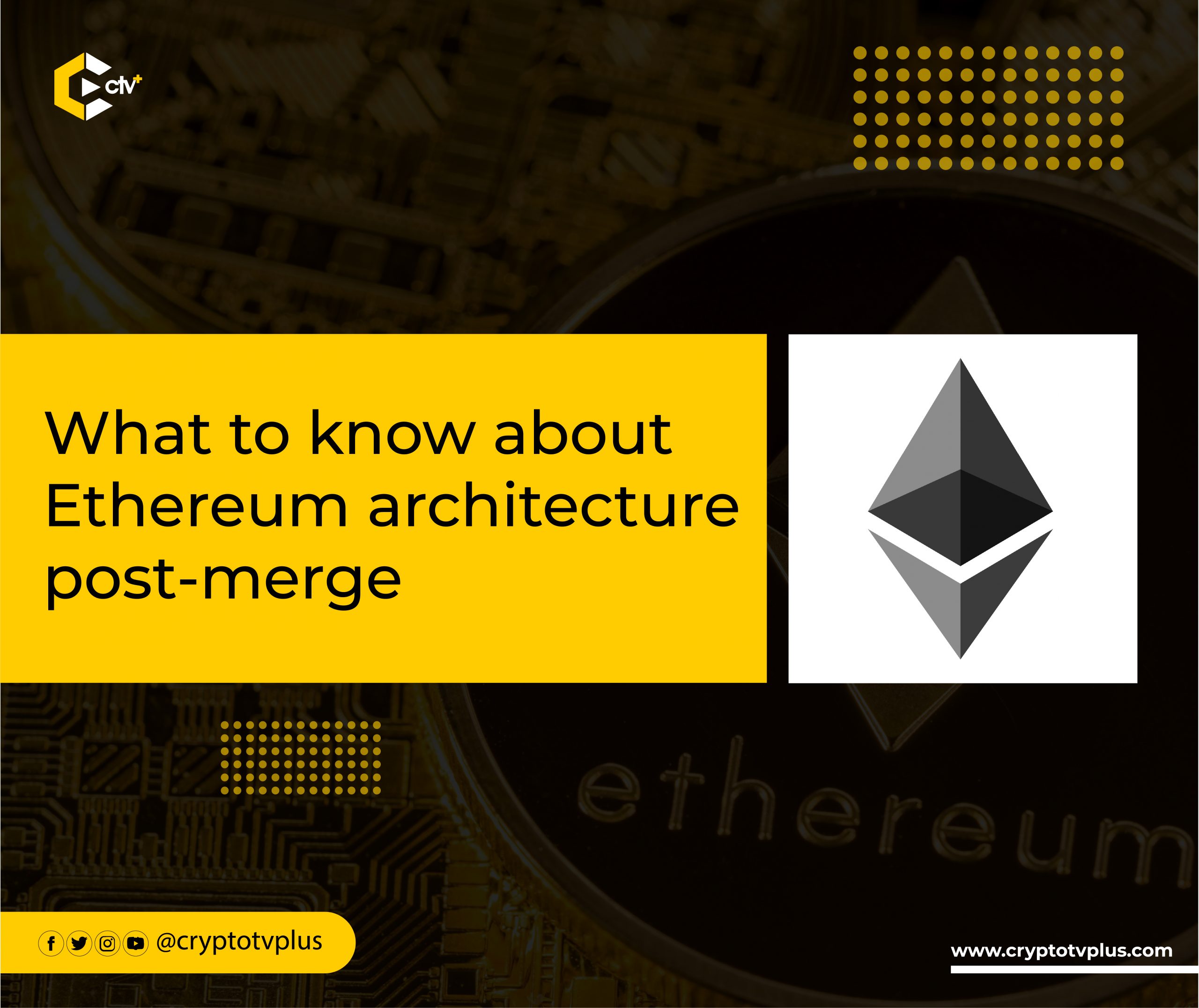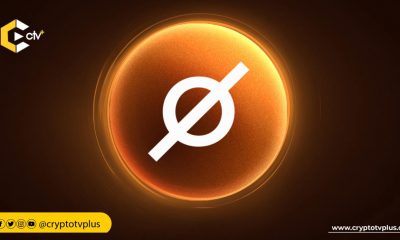Ethereum
What to know about Ethereum architecture post-merge

Ethereum recently transitioned from Proof-of-Work to Proof-of-Stake. Unfortunately, the transition was coupled with a significant after-merge effect. The merge had been on the roadmap of Ethereum since its launch, and on the 15th of September 2022, the network completed the merge at a Terminal Total Difficulty (TTD) of 58750000000000000000000 achieved at the ETH mainnet block height of 15,537,393.
Tim Beiko, Protocol support at Ethereum foundation, in a presentation at the SmartCon 2022 conference organized by Chainlink, said that “Ethereum already has this desire to move to Proof-of-Stake, it was part of the roadmap even before the initial or actual chain launch and as soon as basic Ethereum was live, work shifted to try to design a Proof-of-Stake algorithm that Ethereum can switch to.”
In 2018, Ethereum almost launched its 2.0 version but was paused for some reasons. Tim Beiko revealed these reasons include that the 2018 design is very close to the existing Proof-of-Work chain and has technical constraints like sharding. He emphasized that the 2018 Proof-of-Stake algorithm had different operation constraints than the typical smart contract; this, however, added extra logic and was semi-detached from the network. Also, the initial design had a high minimum stake required to become a validator which was 1500 ETH, he said.
Following the constraints, Tim Beiko mentioned that the team proposed to design a Proof-of-Stake from scratch, marking the roadmap to Ethereum 2.0. The idea, according to Beiko, was to redo everything from scratch.
The Ethereum post-merge architecture
Notable changes to the Ethereum network architecture after the merge as mentioned by Tim Beiko include
- All transactions related to ETH one block became an execution payload which is part of a beacon chain block. He said that the goal was to make the transaction as seamless as possible.
- The block times for Proof-of-Work were average to about 13 seconds and had high variance, whereas Proof-of-Stake happens every 12 seconds unless an issue of a data resolve flight.
- Several block fields were set to zero after the transition, except the pseudo-random value. The value is an EVM-accessible value that, when moved to zero, will go from providing four randomness to no randomness.
- Opcodes are now rewired to return the Randall reveal from the previous block in the EVM, another source of randomness.
- An Ethereum client now requires you to run a consensus layer client and an execution layer client on the Ethereum node. The only thing that changes is that blocks go from being ghosted on the execution level to the consensus level.
- Introduction of an engine authenticated API where the consensus layer can send information to the execution layer.
Tim Beiko highlighted that from the Ethereum post-merge chart, the Ethereum network average block time moved from 13 seconds to less than 12 seconds and further said that the network now has a constant block time coupled with a more effective pricing mechanism.
Read Also
New features in Solidity you should know
Mastercard launches software to fight crypto crimes
Pig Butchering: The crypto scam FBI wants you to know
What do you think of this article? Share your comments below.

























8 Comments